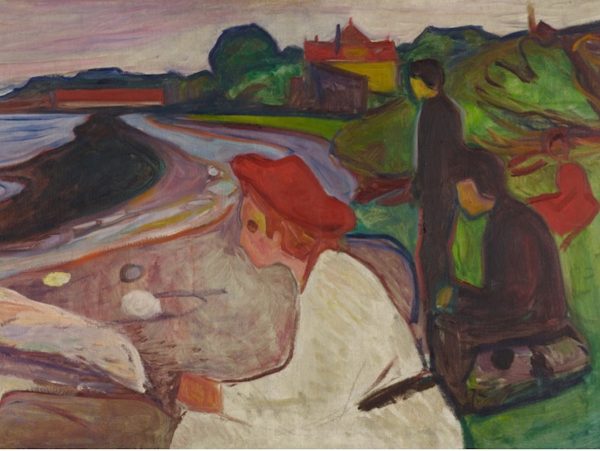
When it comes to solitude, what difference does gender make? What varieties of solitude are, and have been, available to people of all genders, and how do social expectations affect the experience of being alone?
Historically, female solitude has been regarded as more transgressive than male solitude. ‘When a woman thinks alone’, it was said by witch-obsessed priests in the fifteenth century, ‘she thinks evil’. As the weaker sex, women were deemed acutely vulnerable to solitude’s perils, most dangerously the machinations of the devil. But both sexes were at risk from the vagaries of the lone mind, with its ‘wild imaginings’, especially its erotic imaginings, and the melancholic states to which solitude gave rise. Masculinity was no protection against such dangers.
There were, of course, socially sanctioned and often much respected solitary roles for men and women. Female spiritual solitaries and literary women in later centuries carved out private spaces for themselves, whilst the pre-modern world saw piety, philosophy and poetry as legitimate reasons for men to seek solitude.
But how have these histories played out? How have women’s familial roles, subordinate social status and greater longevity shaped the female experience of solitude over the centuries? And how does a taste for seclusion square with modern canons of masculinity?
We ask these questions alongside those that concern transgender people. Studies of transgender experiences frequently reveal social isolation and feelings of loneliness, not only among those who have suffered prejudice and discrimination but also from those whose gender identities have been supported and affirmed. What are the sources of loneliness for transgender people, and how do they interact with experiences of difference in a changing gender landscape?
Further reading
- Look At Me – novel by Anita Brookner (1983)
- ‘The Luxury of Solitude’: Conduct, Domestic Deliberation, and the Eighteenth-Century Female Recluse’ – article by Coby Dowdell (2017)
- ‘A woman living alone – seven stories of solitude during the coronavirus’ – article by Caroline Kitchener (2020)
- Mrs Palfrey At The Claremont – novel by Elizabeth Taylor (1971)
Further listening
- ‘Men at the Margins’ – videos by AgeUK (2019)
- ‘Motherhood’ – podcast from The Lonely Hour (2016)
Blogs and colloquium papers
Our network of researchers frequently write posts for our blog on solitude and gender. You can read their blog posts here.
Over the course of our project, we met regularly with our research network to discuss the themes of our project. You can read a selection of their colloquium papers on solitude and gender here.